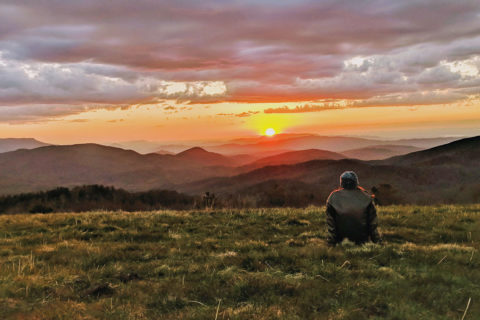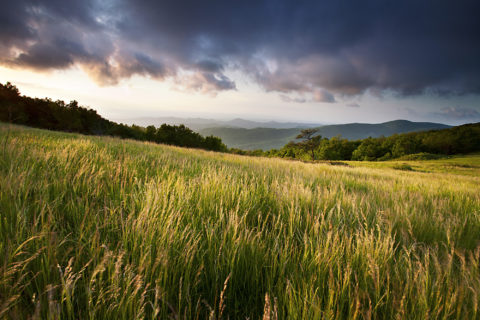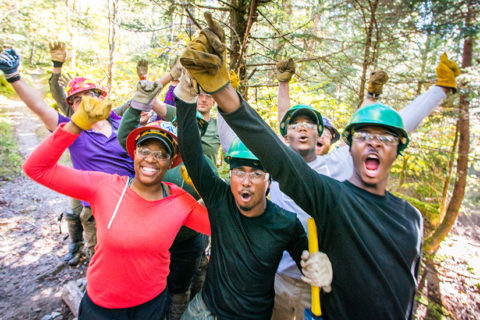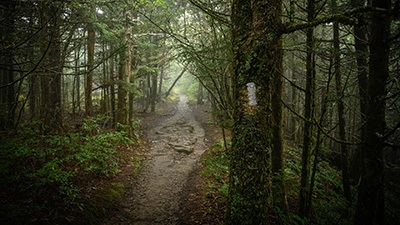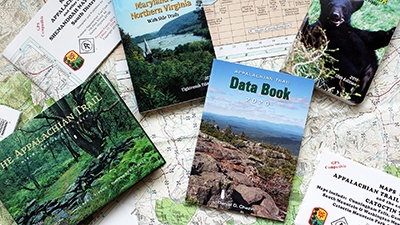By Jake Campbell, ATC Next Generation Advisory Council Member
My Decision to Leave the Trail
July 31, 2020
The response to COVID-19 is constantly evolving throughout the world, and the ATC is frequently updating its guidance and listings of Trail-related closures and travel restrictions. To make sure you have the most up-to-date information, please visit appalachiantrail.org/covid19.
It was January 1, 2020, and I was just finishing up my seventh day of work in a row. Working retail during the holiday season was draining, and I still had two more days before I got a day off. In a different world, I’d be getting ready to return to the second semester of my junior year at college in Vermont. Instead, I was living at home, deep in the suburbs of New Jersey where I’d been since September. It wasn’t ideal, but I knew that it’d all be worth it in March when I took the first steps towards fulfilling my dream of completing an Appalachian Trail (A.T.) thru-hike.
On March 4, I flew from New York City to Atlanta, the trudge of holiday retail behind me and the Trail immediately ahead. At this time, cases of COVID-19 were increasing, but there were only 158 confirmed cases in the U.S. and it still felt like a faraway threat. I initially wore a mask in the airport, but it was uncomfortable and didn’t seem necessary, so I took it off. COVID-19 was not really on my mind. If anything, I was thankful to be starting a long hike. If COVID-19 became a bigger issue, I’d be safely hidden away from society on the Trail. I could think of no better place to wait out a virus.
As I started on the trail the next day, my only concern was the rain. From the time I started, it poured rain and the temperature didn’t get above 50 degrees. When I stumbled into the Springer Mountain Shelter, I was near hypothermic. I dried off and warmed up in the shelter, talking to all the other aspiring thru-hikers, and I realized that I was happier than I had been in months. The A.T. was where I belonged.

I was loving it. It rained most days and the hiking was tough, but that didn’t matter. It made me appreciate what few views I got even more. I encountered trail magic, lots of cool people and generous locals. One of the highlights of my time on Trail was March 15, the day I spent in Franklin, North Carolina. I had a lovely stay at Baltimore Jack’s Hostel, enjoyed a much-needed burger and ice cream at the Motor Company Grill and stopped by Outdoor 76 for stove fuel and a drink. Seeing how welcoming everybody is — both on and around the Trail — made me realize what makes the A.T. more than just a path through the woods is the community that surrounds it.
While in Franklin, I heard the news about how the COVID-19 threat had intensified quickly from 164 cases the day I started hiking to 3,471 cases by the time I reached Franklin, and I began to worry a little bit. It still didn’t seem bad enough that I would need to get off the Trail, but maybe I should spend less time at shelters and make sure to wash my hands with soap and water at least once a day.
Before Franklin, COVID-19 was rarely discussed among hikers, but during my first day back on the Trail it was practically the only thing being talked about. It was also the first time I heard about people planning to postpone their thru–hikes due to COVID-19. I saw quite a few social media posts from these people and the thing that surprised me most was that they were more concerned about spreading the virus than they were about getting it themselves.

The theme was not personal protection, rather personal responsibility. Long–distance hikers need to go into town to, at the very least, get food. Many of these towns are relatively small with limited access to medical resources. This means that if an asymptomatic hiker who unknowingly has COVID-19 comes into town, that person could cause infections without even knowing it. This could repeat itself if that hiker visited multiple communities while still contagious. So, I planned to spend less time in towns, stopping only to get food and then move on. I also began to have some logistical concerns. What if people stop picking up hitchhikers? What if grocery stores run out of the ramen and powdered mashed potatoes that hikers depend on? What if parts of the Trail close?
My second day out of Franklin, I stopped for the night at Cold Spring Shelter where I was greeted by a hiker who asked me if I had heard the news: the Appalachian Trail Conservancy (ATC) was asking all thru–hikers to get off the Trail. I was stunned. I knew that this moment might come, but I wasn’t expecting it so soon — I was only 125 miles in! I was incredibly sad and tried to convince myself that I could just keep going for a little longer, just another week or two. But I knew what I had to do. I made the decision to get off Trail. And then I cried.

It was a somber hike the next morning. I headed south instead of north, back to the last road crossing where I arranged a ride back to Franklin. It felt like a whole different town. In the two days since I’d left, almost all the restaurants had closed and the streets were empty. It was after seeing this that I knew I had made the right decision, but that didn’t mean I was any happier about it. I rented a car and began the 12-hour drive home.
All I got from my two years of planning and months working jobs that I hated was two weeks. But they were two of the best weeks of my life. I hope that I can safely get back on the Trail sometime soon. As much as I want to be out hiking, I understand the importance of protecting communities, other hikers and anyone I could unknowingly expose to COVID-19. We all need to stay home, follow the guidelines issued by the ATC and wait until it’s safe to long-distance hike again. The Trail isn’t going anywhere; once this is all over it will be there welcoming us back.
Discover More
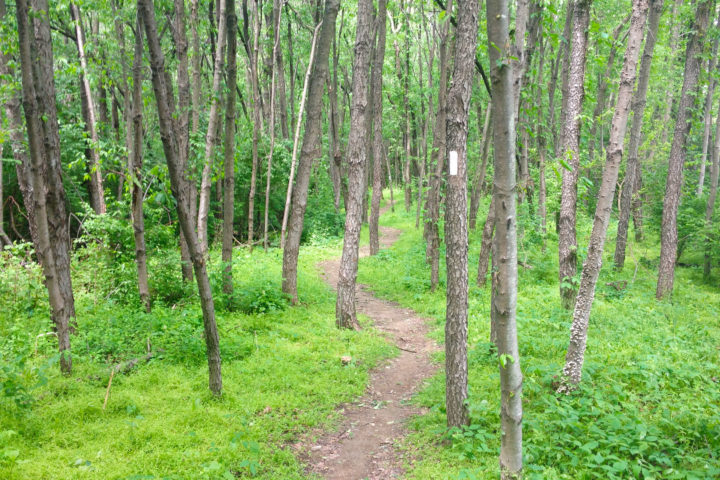
Official Blog
COVID-19 Update for 2020 A.T. Thru-Hikers
The ATC asks that thru-hikers continue to postpone their hikes temporarily, though criteria have been identified on when this recommendation could change.

Stay Safe and Healthy
Responding to COVID-19
Learn how ATC is working to help mitigate the spread of COVID-19 on the Appalachian Trail.

Official Blog
A Commitment to Justice
The Appalachian Trail Conservancy has taken inventory of the social landscape within the Appalachian Trail community and across the United States, and we believe that by making meaningful changes, the A.T. can be a space that is inclusive, open and safe for all.

